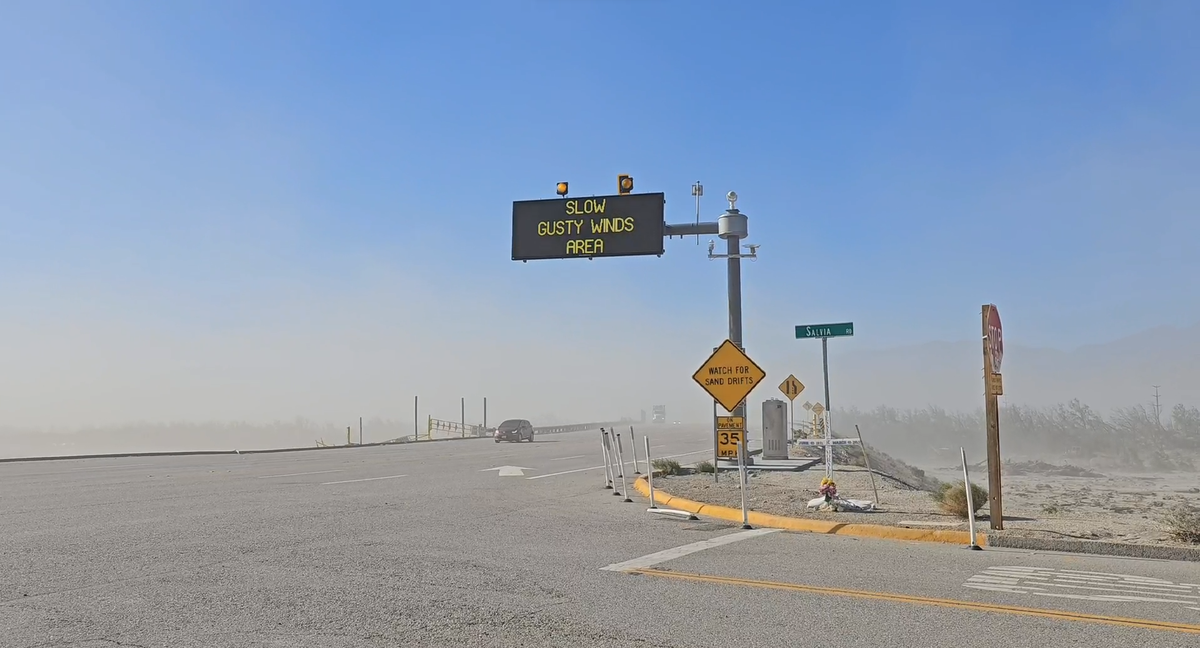Insider Blog: When can we expect to see improvements in our air quality
Lately, we have seen many days with air quality and visibility concerns. We have talked at length about how and why we have seen so many days like this, but the short answer is that small and very light particles of sand, dust and dried mud are easily picked up by even relatively light winds.
Click HERE to learn more about why we have days with poor air quality and visibility.

What about rain? While a small amount of rain may provide some relief in the short term as it will help to weigh down the sand. If too much rain falls, we run the risk of yet more flooding, likely worsening the issue. As well, the moisture will eventually evaporate, leaving behind loose sand.

Air quality can be exceptionally hard to forecast, especially for the Coachella Valley and especially beyond the short term of 1 to 3 days. This, combined with the fact that air quality concerns arise from windy conditions, and we frequently see windy days mean that we unfortunately cannot predict when air quality will worsen or improve outside the short term.

I reached out to the South Coast Air Quality Management District and asked them some questions regarding our air quality. One of the things I asked them was when we can expect to see a general improvement in the air quality and if there was a specific time of year which our air quality is normally the best. Here's what they said:
"The two main pollutants that most frequently drive poor air quality levels in the Coachella Valley are ozone (smog) and particle pollution (PM10). Ozone levels tend to be highest on summer afternoons in the western portion of the valley. High PM10 episodes can occur throughout the year, but average PM10 levels also tend to be highest throughout the summer months. Therefore, we expect air pollution levels to improve as we get further into the fall and winter months."
I also asked them why we might see poor air quality and visibility even on days where little to no wind was recorded. They provided four reasons why this may be the case and are listed below.
- Other pollutants, which are not generated by high winds, may also impact visibility.
- Particle pollution absorbs water at high humidity levels and can lead to lower visibility.
- Particles and pollutants that form particles in the atmosphere can be transported long distances from areas where they are emitted.
- PM10 may be generated by human activities that disturb the soil such as construction and agricultural activities despite the lack of substantial winds.




